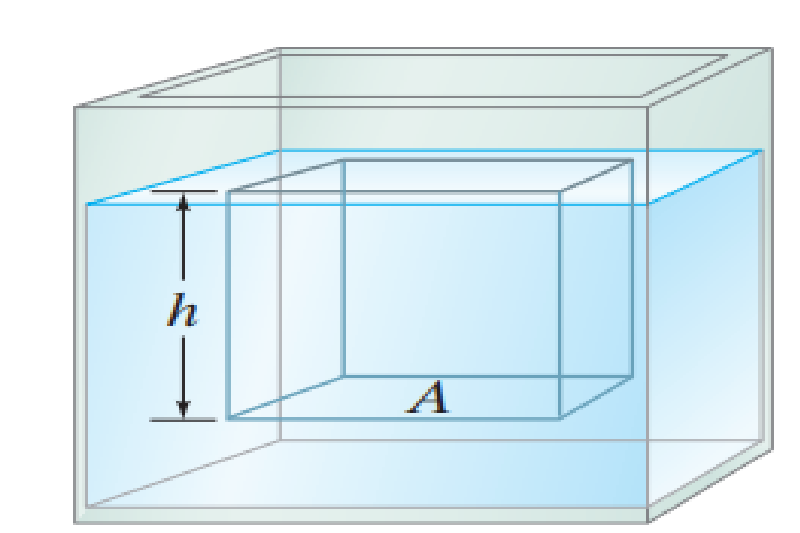Pressure in Fluids
Introduction
Pressure in fluids is a measure of the force exerted per unit area. It is a fundamental concept in fluid mechanics and is crucial in many engineering and scientific applications.
Definition
The pressure
The SI unit of pressure is the Pascal (Pa), which is equivalent to newtons per square meter (N/m²).
Types of Pressure
- Absolute Pressure: The total pressure exerted by a fluid, including atmospheric pressure.
- Gauge Pressure: The pressure measured relative to the atmospheric pressure. Gauge pressure is often what is measured by pressure gauges.
Bernoulli's Principle
Bernoulli's principle states that an increase in the speed of a fluid occurs simultaneously with a decrease in pressure or a decrease in the fluid's potential energy.
Hydrostatic Pressure

In a static fluid (where the fluid is not moving), the pressure at a given depth is given by:
Where:
-
-
-
Key Points:
- Pressure at a Depth: The pressure at a depth
in a fluid is directly proportional to the density of the fluid and the height of the fluid column. - Atmospheric Pressure: The pressure at the surface of a fluid is the sum of the hydrostatic pressure and the atmospheric pressure.
Example:
- Consider a fluid with a density of
(e.g., water) at a depth of . - The acceleration due to gravity
is approximately .
The hydrostatic pressure at this depth is: